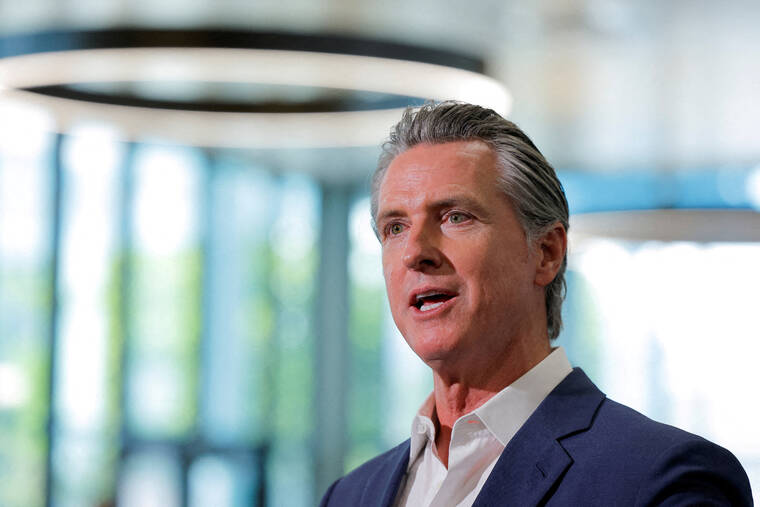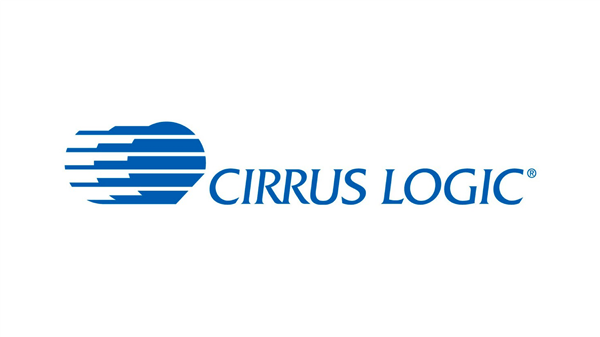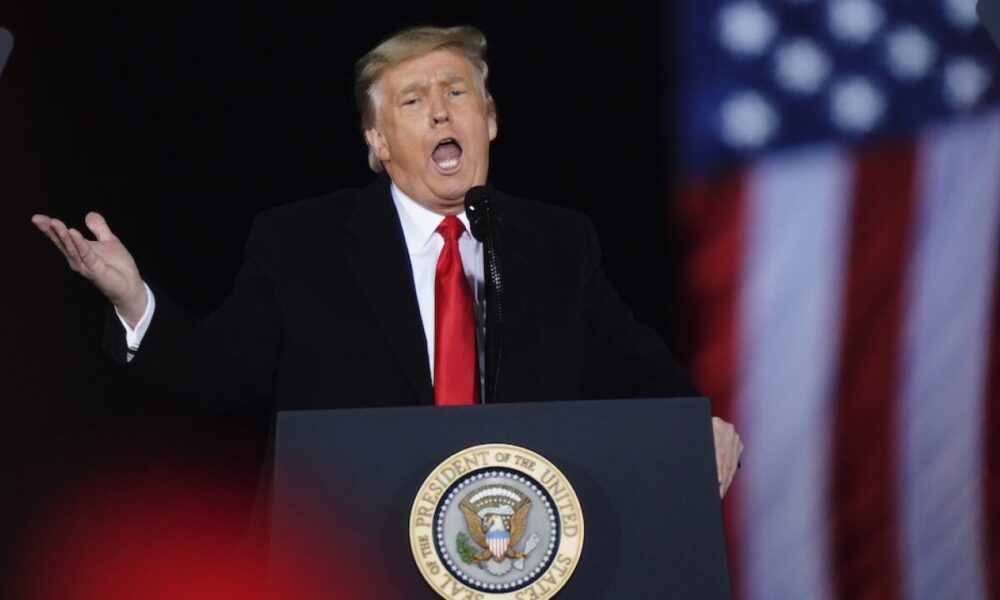California Governor Gavin Newsom confirmed in a recent interview that he is contemplating a presidential bid for the 2028 U.S. election. This statement was made during an appearance on the CBS News program “Sunday Morning,” where he stated he will finalize his decision after the upcoming 2026 midterm elections.
Newsom’s comments indicate a serious interest in elevating his political profile within the Democratic Party. Over the past year, he has taken steps to gauge potential support for a presidential campaign, particularly through his vocal opposition to current Republican President Donald Trump on various issues. In the interview, Newsom reflected on the political landscape, saying, “I’m looking forward to who presents themselves in 2028 and who meets that moment.” When pressed about his intentions, he candidly admitted, “Yeah, I’d be lying (if I said) otherwise.”
Trump, who is currently barred from seeking a third presidential term under the U.S. Constitution, has nonetheless hinted at the possibility of continuing his political ambitions. Earlier this year, he stated, “there are methods which you could do it,” suggesting a willingness to explore options.
As governor, Newsom has positioned California as a leader in Democratic strategies to redraw congressional maps, aiming to counteract similar efforts underway in Republican-led states. This initiative is particularly relevant as both parties prepare for the 2026 elections, where control of the U.S. House of Representatives is at stake. Currently, Republicans hold a narrow majority in the House, making the upcoming midterms crucial for both parties.
In addition to his focus on congressional redistricting, Newsom has also publicly challenged Trump regarding the president’s military deployment to Los Angeles. Such confrontations have contributed to Newsom’s rising prominence within the Democratic Party, showcasing his willingness to engage on national issues.
As the political landscape evolves, Newsom’s potential candidacy for 2028 will be closely watched, particularly as he navigates the immediate challenges posed by the 2026 elections. His actions and decisions in the coming months may significantly influence not only his political future but also the broader trajectory of the Democratic Party.







